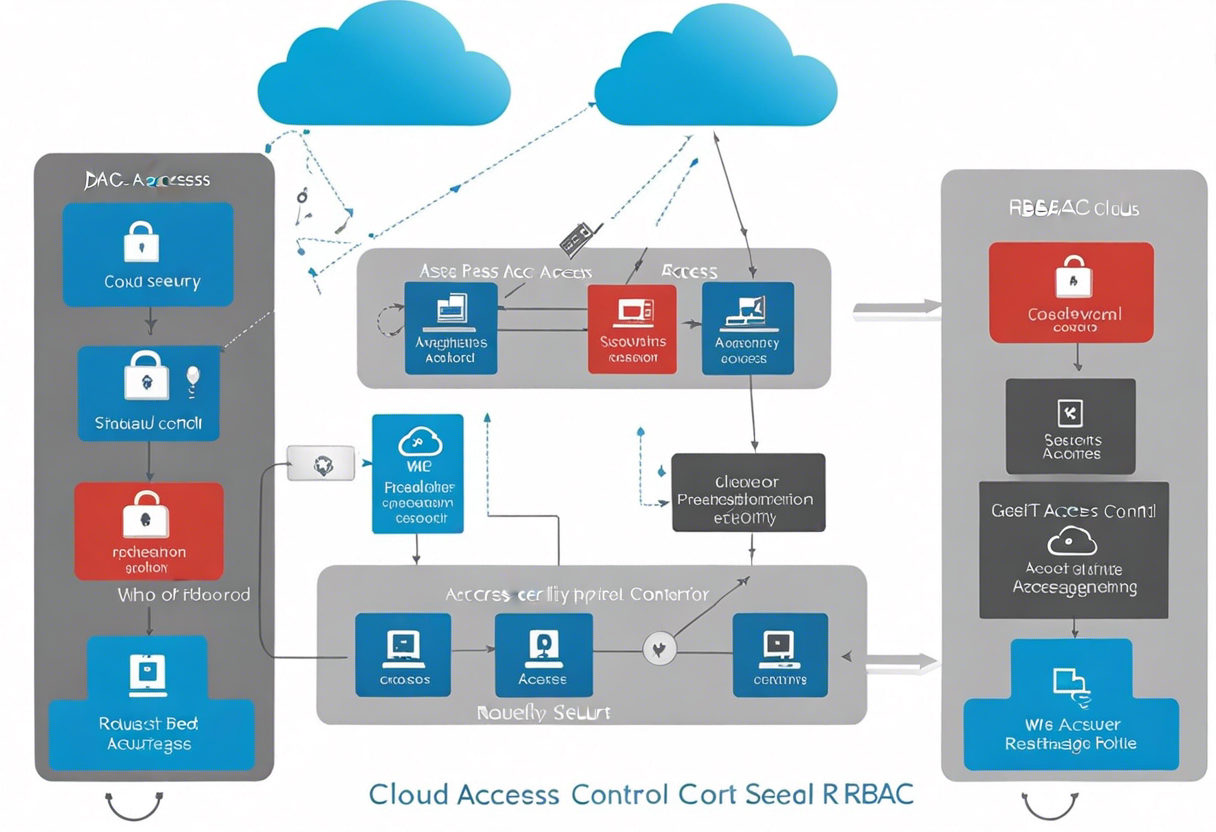Mastering the Sky: Five Top Strategies for Impenetrable Cloud Security
For many businesses and organizations the world over, cloud computing has become a prevalent force shaping their technological pursuits. To truly comprehend the ins and outs of cloud security, it is essential first to understand what cloud computing is. Cloud computing transfers the technical workload from user to service provider by offering on-demand services through the internet. The types of cloud computing are: Public cloud, Private cloud, Hybrid cloud, and Community cloud. Each presents its unique share of security challenges and benefits.
Possibly the most significant concern of cloud computing lies in its security aspect. Cloud security relates to a set of strategies and measures designed to protect data, applications, and associated infrastructure of cloud computing. The primary objective of cloud security is to safeguard the cloud environment from external breaches and threats while ensuring compliance with industry regulations.
Comprehensive Risk Assessment

A successful security strategy starts with a thorough understanding of any potential vulnerabilities or threats. In terms of cloud security, this involves a comprehensive risk assessment. This means identifying and assessing potential risks, determining their potential impact, and then implementing a plan to mitigate these risks. The assessment should also provide an evaluation of the cloud provider's security control measures.
Robust Access Control

A vital aspect of cloud security involves regulating who can access your cloud resources. Robust access control not only prevents unauthorized entry but also limits the potential damage even if a breach occurs. This strategy spans from managing user identities with robust authentication methods to implementing role-based access control (RBAC) that assigns access rights according to predefined user roles.
Encrypt, Encrypt, Encrypt

Concerning cloud security, encryption is often considered the holy grail. By turning data into incomprehensible text, encryption tools ensure your cloud-stored data remains confidential and secure, even if intercepted. End-to-end encryption, in particular, is crucial for cloud security as it protects data during its entire lifecycle – at rest, in transit, and during processing.
Incident Response Strategy

In spite of the most robust security measures, breaches can still occur. Hence, it's essential to have an incident response strategy in place. This involves identifying, responding to, and recovering from a security breach, as well as learning from the incident to prevent future ones. It's not only about the technology, but also about the people and processes involved.
Regular Auditing and Testing

Last but not least, regular auditing and testing of your cloud security strategies constitute a significant part. Regular audits help ensure continuous compliance with standards and policies, while penetration testing uncovers potential vulnerabilities. Professional auditing on a consistent basis is the best barrier against security lapses or violations that could lead to data breaches.







